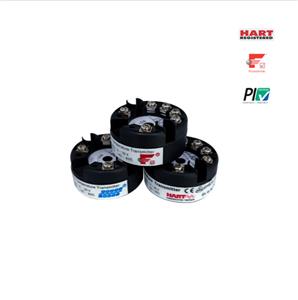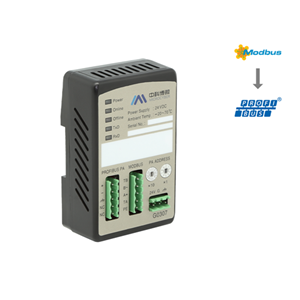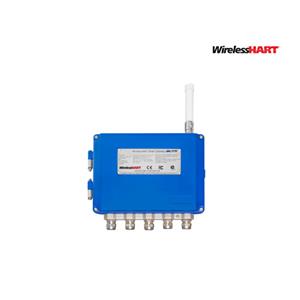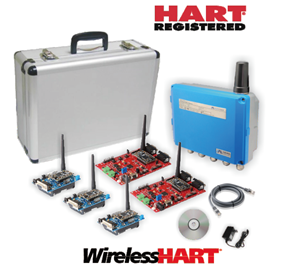When using a temperature sensing transmitter, there are several things to keep in mind
Installation issues
Installation Location
Be sure that the temperature sensing transmitter is installed in a location that accurately reflects the temperature being measured. For pipeline fluid temperature measurement, the sensor should be installed in the centre of the pipeline or in an area where the fluid is well mixed, avoiding installation in the corners of the pipeline or near valves where local temperature anomalies may occur, leading to inaccurate measurements.
When measuring the ambient temperature, avoid installing near heat sources (e.g., heat generating equipment, direct sunlight) or cold sources (e.g., air conditioning outlets, vents) to prevent interference from external factors.
Installation method
Choose the appropriate mounting method according to the type of sensor and application scenario. For example, for contact temperature sensors, to ensure good contact between the sensor and the surface of the object to be measured, the installation can be used to reduce the contact thermal resistance of the heat-conducting paste or special mounting fixtures.
For insertion sensors, pay attention to the insertion depth. Insertion depth is too shallow may not be able to obtain the true temperature, it is generally recommended that the insertion depth is at least 6 - 10 times the diameter of the sensor probe. Also, care should be taken to prevent excessive mechanical stress on the sensor during installation to avoid damage to the sensor.
Selection Issues
Temperature range
Select the temperature sensing transmitter with the appropriate range according to the actual measured temperature range. If the measured temperature range exceeds the range of the sensor, it may result in increased measurement error or even damage to the sensor. For example, when measuring the temperature inside a high-temperature furnace, if the selected sensor range is insufficient, the sensor output signal may be abnormal or burned out directly.
At the same time, to consider a certain margin. It is generally recommended that the upper limit of the selected sensor range should be 10% - 20% higher than the actual possible high temperatures to cope with possible temperature fluctuations.
Precision Requirements
Different application scenarios have different requirements for temperature measurement accuracy. In some of the strict requirements for temperature control of high-precision industrial processes (such as semiconductor manufacturing, precision chemical reaction), you need to choose a high-precision temperature sensing transmitter, the accuracy of which can reach ± 0.1 ℃ or even higher.
For some general environmental temperature measurement or less strict industrial applications, the accuracy requirements can be relatively low, such as ± 1 ℃ or so the sensor can meet the requirements. The higher the accuracy of the sensor, the higher the price is usually, so according to the actual needs of a reasonable choice.
Sensor type
According to the nature of the object to be measured and the measurement environment to choose the right type of sensor. Common temperature sensors include thermocouples, RTDs and thermistors. Thermocouples are suitable for high temperature, rapidly changing temperature measurement, such as steel smelting, heat treatment, etc.; RTDs are more suitable for low and medium temperature, high-precision temperature measurement, such as food processing, environmental monitoring, etc.; thermistors are sensitive to temperature changes, and are commonly used for temperature compensation and simple temperature control of electronic equipment.
Environmental factors
Electromagnetic interference
Temperature sensing transmitters may be affected by the surrounding electromagnetic interference during the working process, especially in industrial environments where there are a large number of motors, inverters, electromagnetic relays and other equipment. These interferences may cause distortion of the sensor output signal and affect the measurement results.
In order to reduce electromagnetic interference, shielded cables can be used to connect the sensor and the transmitter, and the transmitter can be installed far away from strong sources of electromagnetic interference. At the same time, the housing of the transmitter can be grounded to enhance the ability to resist electromagnetic interference. - Chemical corrosion and physical damage
If there are corrosive chemicals (such as acid, alkali, salt, etc.) in the measurement environment, select the sensor and transmitter housing materials with corresponding corrosion resistance. For example, in chemical production, for temperature measurement in contact with corrosive liquids or gases, you can choose stainless steel housing sensors, and the use of anti-corrosion coatings or isolation devices to protect the sensor.
To avoid physical damage to the sensor, such as collision, friction, vibration and so on. In some of the vibration of the environment, the sensor should be appropriate shock absorption treatment, such as the use of shock-absorbing brackets or rubber pads to fix the sensor.
Calibration and Maintenance
Calibration cycle
Temperature sensing transmitter after a period of time, due to sensor aging, environmental factors, etc., there may be measurement errors. Therefore, it needs to be calibrated periodically. The calibration period depends on factors such as the type of sensor, the environment in which it is used, and the accuracy required. In general, high accuracy sensors may need to be calibrated every 3 - 6 months, while general sensors can be calibrated once a year.
Calibration is also required after replacing critical components of the sensor or transmitter to ensure measurement accuracy.
Maintenance Measures
Periodically check the appearance of sensors and transmitters for damage, corrosion, looseness, etc. For contact sensors, check whether the contact surface is clean, and if there is any dirt, clean it in time to ensure good heat conduction.
Check whether the connection line is normal, including whether the cable is broken, whether the connector is loose and so on. If problems are found, repair or replace the connection line in time. At the same time, make sure that the transmitter's working power supply is stable to avoid measurement errors caused by power fluctuations.




